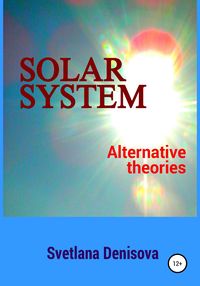Kitabı oku: «Solar system / Alternative theories», sayfa 11
Bir şeyler ters gitti, lütfen daha sonra tekrar deneyin
Türler ve etiketler
Yaş sınırı:
12+Litres'teki yayın tarihi:
26 kasım 2019Yazıldığı tarih:
2017Hacim:
56 s. 11 illüstrasyonTelif hakkı:
Автор